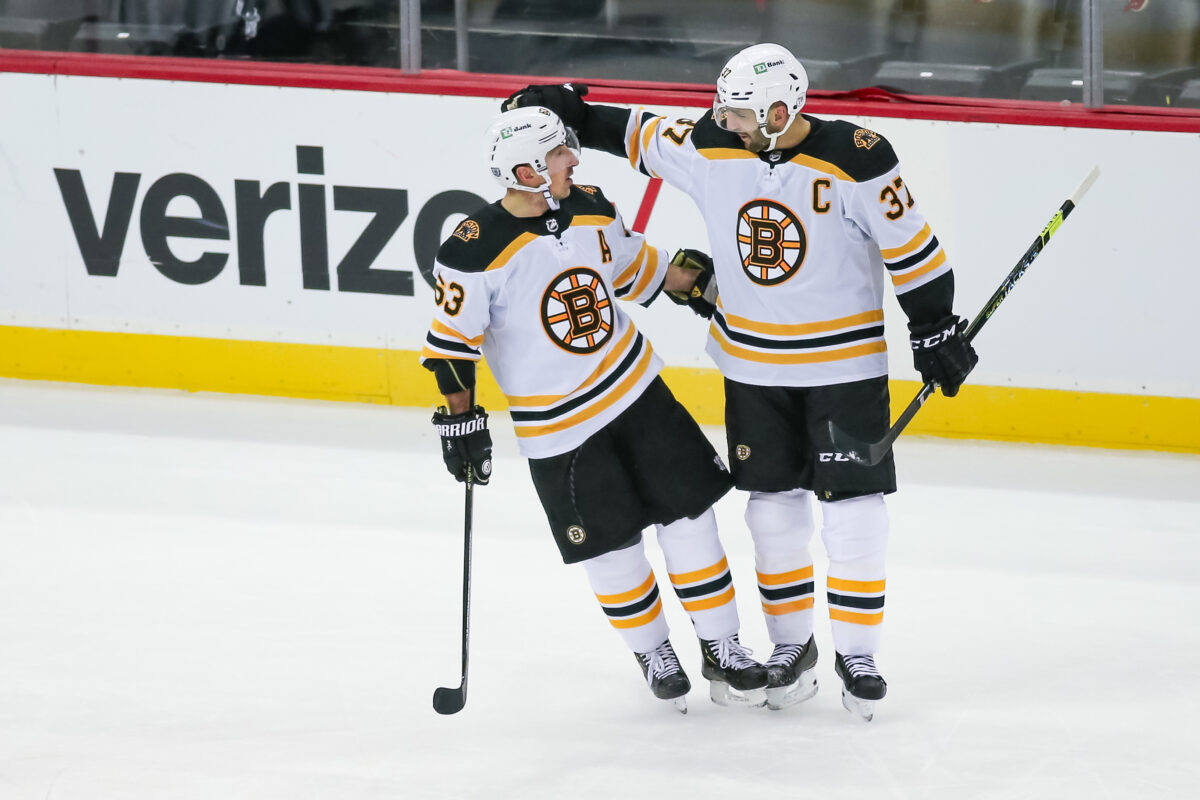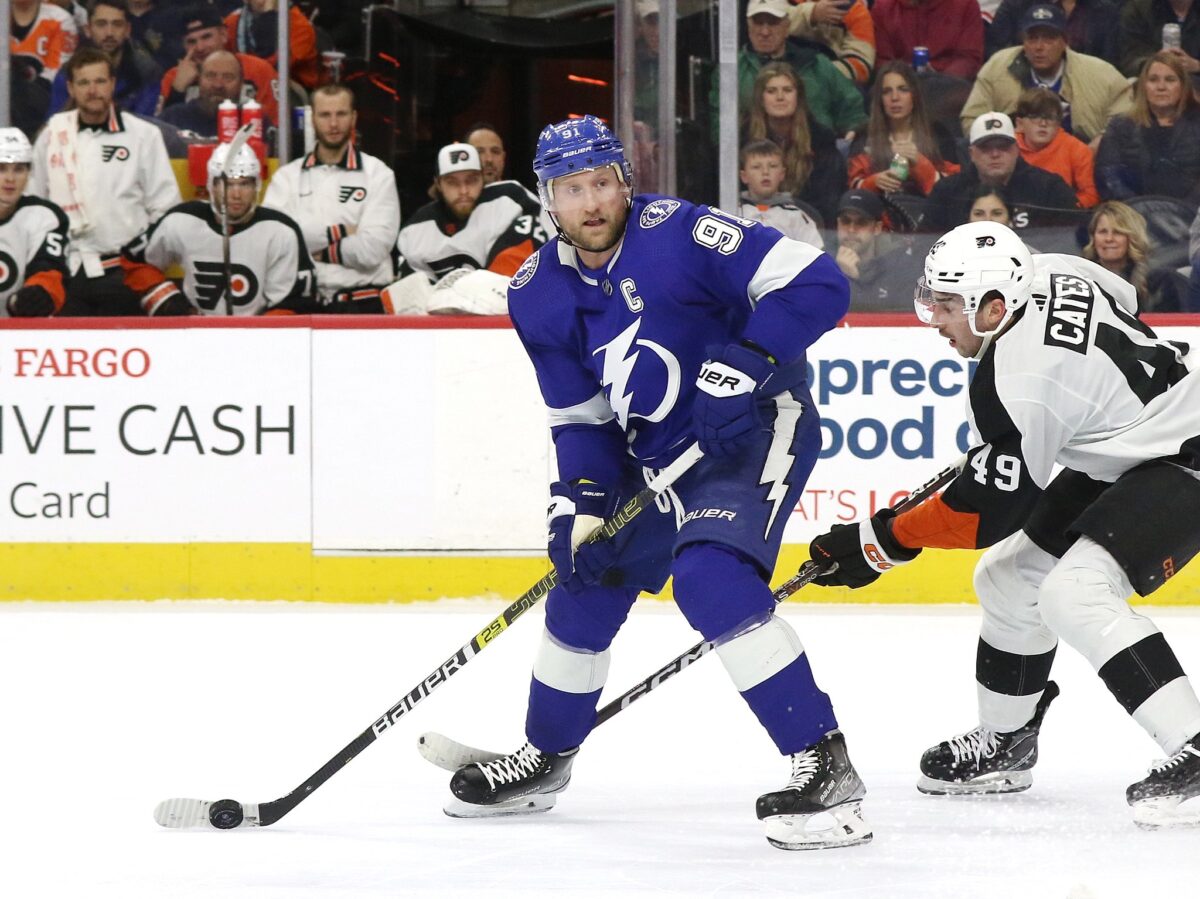The Boston Bruins’ shocking first-round exit at the hands of the Florida Panthers continues the NHL’s longstanding trend of Presidents’ Trophy winners coming up short in the playoffs. This will be the 10th consecutive season in which the league’s best regular season team failed to win the Stanley Cup. Perhaps even more shocking, it is the fifth time in the last 15 seasons that said team has failed to win even a single playoff series. The last two teams to accomplish the dubious feat — this year’s Bruins and the 2018-19 Tampa Bay Lightning — were arguably the two greatest regular-season teams of all time. In total, of the 37 teams to have won the Presidents’ Trophy, eight lost in the first round of the playoffs. But this number doesn’t tell the full story. Among those eight teams, six suffered the fate after the 2004-05 NHL lockout.
And upon closer inspection, this doesn’t seem to be coincidental. An examination of recent developments in the game of hockey may explain why these early exits are happening with more frequency, and why they may continue as well.
Analytics Allow For Creative Ways to Win
Like franchises in most other team sports, hockey clubs are becoming increasingly reliant on advanced stats and in-depth data to build winning teams. Front offices have a wide array of resources at their disposal to sign players. The increased focus on diving deep into the numbers means that players who may have previously been overlooked now have considerable value, and teams can tailor their needs even more specifically than they could before. Teams can use data to decide which players they can sign specifically because they’ll be useful in a playoff series. Facing the same team repeatedly can require a different skillset from the one needed during a regular season schedule, and statistical analysis can help determine the players who best fit these different roles.
The increased role of analytics has had an impact within series as well. Coaching staffs can use stats to adjust in between games, and constantly improving data collection technology makes this easier than ever. The Panthers made plenty of in-series changes, such as a goaltending switch that returned Sergei Bobrovsky to the starting lineup, and the Bruins couldn’t counter well enough.

Teams are always looking for ways to shrink the gaps in talent that may appear, at least on paper, and give themselves a chance against seemingly superior competition. Analytics-based moves may not always appear obvious to the fans, but they provide a way for teams to create the more level playing field they need in the playoffs.
Talent Pool Widens
Hockey as a sport is becoming increasingly global, and the amount of players available for NHL teams to scout and potentially draft and sign is constantly going up as well. This trend may have started decades ago with the infusion of European players into the league, but it continues today. The increase in technology and funding for teams means that there are more opportunities to find impact players. The player pool is less limited than it ever has been before. More available players mean more talented players, and more talented players mean a smaller difference in skill between the Presidents’ Trophy winner and the final playoff team.
Related: The Sad Reality of the Presidents’ Trophy “Curse”
This shift provides a chance for teams to be more crafty and creative in their personnel moves. Perhaps they won’t sign or draft a big name, but they can track down overlooked players who can be major contributors. These decisions intertwine with analytics as well, as the teams can use advanced stats to figure out who those players might be. And, as we’ve seen six times in the post-lockout era, those players often step up in the playoffs to catch higher-seeded teams off guard and shock the NHL.
Salary Cap Increases Parity and Highlights Variance
The biggest change to the NHL since the lockout has been the implementation of a hard salary cap. The league put the cap in place partially in an effort to increase parity, and the rise in first-round upsets suggests that it worked.
It’s simply harder now to build a superteam. The better your team gets, the harder it is to retain all of the players who made it so, as they will inevitably command larger contracts when they reach free agency. Teams are left with no choice but to trade certain players or let them leave. The cap creates a situation where a great team can only be so much better than another team that was good enough to make the playoffs.

When the cap allows for more equality among teams, the variance of hockey kicks in. As a low-scoring sport, hockey is prone to a greater element of luck and randomness than a high-scoring game such as basketball. There are fewer scoring events in a hockey game, generating fewer chances for a team to establish itself as superior and leaving a larger portion of the result up to chance. This season, the Bruins combined skill and luck into a perfect storm of regular-season success, but the entropy of the sport reared its head at the worst possible time, just as it did for the Lightning a few seasons earlier.
Even more appropriately for Boston, the loss came against a Panthers team that won the Presidents’ Trophy the season prior, suffered a second-round exit, retooled, and defeated the Bruins partially on the strength of one of their new players. This season, Florida was the final Eastern Conference team to make the playoffs. They hadn’t gotten nearly as much luck throughout the regular season as their first-round opponent had. Maybe this was a blessing in disguise — while Boston coasted through the last weeks of the regular season, the Panthers had to grind just to reach the postseason and entered the series already in playoff mode, having played so many meaningful games leading up to the matchup.
The 2004-05 lockout, as a byproduct of its resolution, made the Stanley Cup Playoffs even more unpredictable than they were before. Teams’ ability to collect data and find players will only improve, and the salary cap likely isn’t going anywhere anytime soon. We may be in a golden age of Presidents’ Trophy playoff upsets, and it may just be getting started.